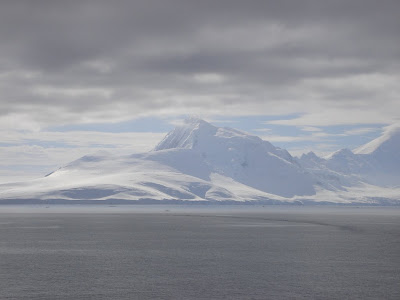A private tour guide may express yourself personally during the sightseeing tour. How can you be personal in pre-tour communications? You can sound personal on a phone call. But nowadays, more bookings by overseas clients are communicated via emails or websites. How would you present your personal attitude in emails?
Treat every tourist as an individual client. The
sightseeing tour itinerary may be identical covering similar scenic spots. Yet a lot of factors vary, e.g. days of stay, arrival or departure location, number of people in the group, demographic background of the visitors, public transportation vs. private vehicle...And personal interest matters for sure. Considering these facts, your itinerary to each client will be more personalized. You can differentiate yourself from a standard offer in travel packages.
Talk in the language of your client. It is more than using the language they speak. Quote in the currency they are familiar with or with both the local currency and the currency your clients use. Use less local name/description in the itinerary, so that it is easier for clients to understand the visits during the
sightseeing tour.
Address to the specific queries. Make sure that all enquiries from your client are properly answered. If certain requirements need extra time to arrange or involves third-party suppliers, tour guides shall inform when a reply can be expected.
Offer something more if noticing the interest of your clients. It can be special scenic spots, e.g. art gallery to tourists with an art-focus. Restaurants with nice local cuisines are also good recommendation to people who would like to try local foods. Suggest fun places for families with kids.
Encourage feedback or further queries. Always ask your clients to give comments freely. A tour guide can be more prepared when clear about client’s preference. Therefore, the sightseeing tour would be conducted with great success.
Do you have any tips on a personal communication with clients before the actual
sightseeing tour? Share with us!














































